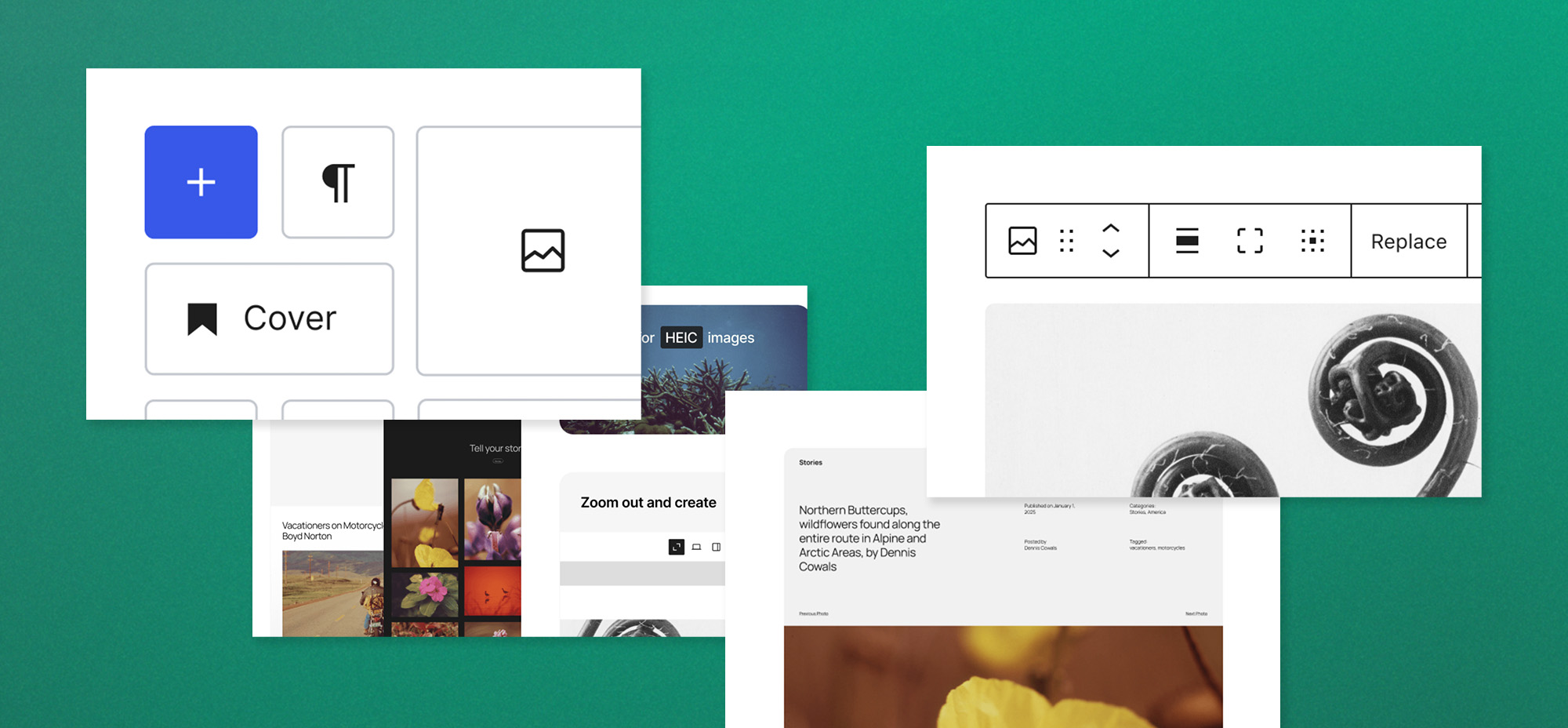Crafting a unique and lasting brand identity has never been more essential. With a strategic approach to web design, you can dramatically boost your brand’s visibility and impact. This guide reveals ten strategies to enhance your brand’s digital footprint. Each strategy is engineered to beautify your website and forge a deeper connection with your audience.

1. Unified Brand Identity
Strategy: Ensure consistent application of your brand’s visual elements—like logos, colours, fonts, and imagery—across your website.
Tip: Develop a detailed design system that serves as a comprehensive manual for all branding elements. This system is a cornerstone for maintaining consistency, detailing everything from typography rules to UI components. Tools like Sketch or Figma offer robust options for creating and managing design systems that can be shared across your design and development teams, ensuring uniformity across digital touchpoints.
2. User-Centric Design
Strategy: Design your website considering the user’s needs and behaviours, ensuring it is navigable, intuitive, and responsive on all devices.
Tip: Conduct user research to understand your audience’s preferences and pain points. Use this data to create personas and journey maps that guide your design decisions. Implementing A/B testing for different layouts and functionalities can further refine the user experience, allowing you to optimize based on real user feedback. Tools like Hotjar or Google Analytics can provide valuable insights into how users interact with your site.
3. Interactive Elements
Strategy: Enhance user engagement by incorporating interactive elements such as animations, hover effects, and dynamic forms.
Tip: Interactive elements should be used judiciously to add value without distracting from the core message. Consider employing web technologies like CSS animations for subtle effects and JavaScript frameworks like React for more complex interactions. If they’re aligned with the user’s tasks and your brand’s style, these elements can make your website more engaging and memorable.
4. Engaging Visuals
Strategy: Use high-quality, original visuals that align with your brand’s message and attract your target audience.
Tip: Invest in professional photography or custom graphic designs that reflect your brand’s ethos. Visual content like infographics, videos, and animations can increase user engagement and retention. Ensure that all visuals are optimized for fast loading and are responsive to different screen sizes.
5. Optimized Loading Time
Strategy: Improve site performance by ensuring your website loads quickly, which can enhance user experience and aid SEO rankings.
Tip: Optimize your website’s loading time by compressing images, using content delivery networks (CDNs), and minimizing JavaScript and CSS files. Tools like Google’s PageSpeed Insights can analyze your website’s performance and suggest specific improvements.
6. Custom 404 Pages
Strategy: Turn the typically frustrating experience of hitting a 404 page into an opportunity to reinforce your brand identity and guide users to relevant content.
Tip: Design a custom 404 page that maintains your website’s look and feel while offering helpful links to the main site, perhaps with a search function or a map of popular site areas. This can mitigate user frustration and help keep visitors engaged with your site even when they encounter a dead end.
7. Content Management System (CMS)
Strategy: Select a flexible CMS that fits your brand’s needs, allowing for easy updates and content management.
Tip: Choose a CMS like WordPress, which offers extensive customization options and a large support community. Ensure the CMS you select can handle your scale of content and visitor load and supports responsive themes to facilitate mobile accessibility.
8. Accessible Design
Strategy: Ensure that your website is accessible to all users, including those with disabilities, by adhering to web accessibility standards.
Tip: Focus on crucial accessibility principles such as colour contrast, keyboard navigation, and alternative text for images. Utilizing tools like the Web Accessibility Evaluation Tool (WAVE) can help identify and rectify accessibility issues in your web design, making your site more inclusive and potentially increasing your audience base.
9. Training and Education
Strategy: Regularly update your team on the latest web design trends, technologies, and best practices to maintain a dynamic and effective website.
Tip: Organize ongoing training sessions and workshops and provide resources for self-learning. Encouraging certifications in web technologies and design principles can also ensure your team remains proficient and innovative.
10. Regular Audits and Updates
Strategy: Periodically review and refresh your website to align with evolving brand goals and user expectations.
Tip: Implement regular checks for broken links, outdated content, and outdated design elements. Use feedback from these audits to plan and execute timely updates that keep your site relevant and engaging.
From Vision to Reality
As we wrap up our exploration of these strategies, we face a mixed bag of developments. The challenging news is that many of the initiatives highlighted throughout require the keen insight of professional designers and the technical skills of experienced web developers for effective implementation. However, the good news is that our Design Studio at TK, in collaboration with our skilled web development teams, is fully equipped to manage your project from inception to completion. Our comprehensive expertise ensures that every aspect of your website provides a seamless, impactful digital presence that propels your brand forward. Contact us today.

